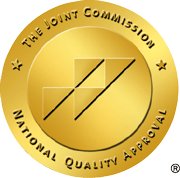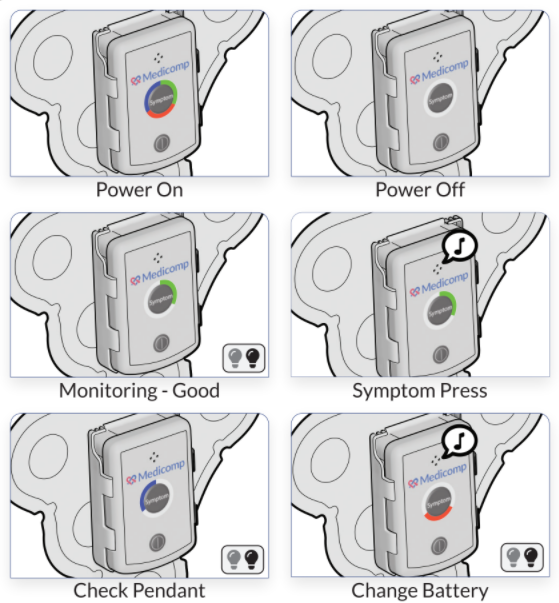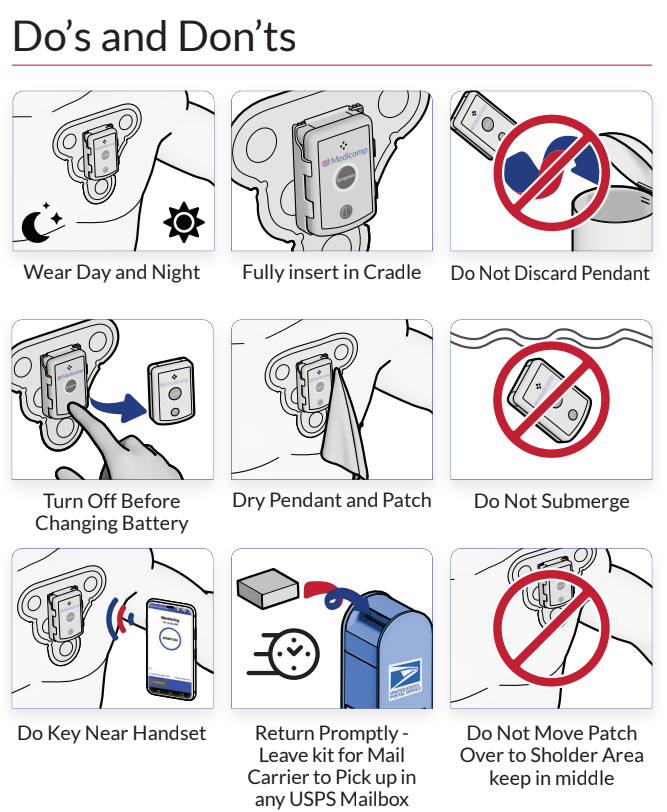Once your residency ended, you anticipated a strong career without the undue stress of proving yourself and spending long nights studying. While the stressors have changed, the amount of burdens seems to have multiplied rather than lessened. Physician burnout affects more than 40% of doctors in the United States. The ECG monitoring company, ReactDx, wants you to recognize the signs and symptoms of physician burnout.
Physician Burnout
Physician burnout consists of 3 components: depersonalization, emotional exhaustion, and lack of a sense of personal accomplishment. A recent study reported that private practice stressors, incentive pay pressures, and clerical burdens were leading causes of physician burnout. For technology, the greatest concern has been the development of electronic health records, which increased administrative demands and reportedly decreased the amount of time spent with patients.
Physician burnout is thought to correlate with age, family status, and gender. Physicians younger than 55 are 200% more likely to experience burnout than their older counterparts. Physicians who are parents are 54% more susceptible to burnout, and physicians married to non-physicians face a 23% increase of possible burnout. Women physicians were shown to face burnout 30-60% more frequently than male physicians.
Preventing Burnout
How can physicians keep from spiraling into burnout? Dr. Christine Sinsky of the AMA suggests improving systems factors. By changing workflow from the beginning of the day to the end, physicians can capture precious lost minutes spent in redundant activities. When office personnel works fluidly, physicians can spend more time with patients, or help them leave the office earlier than anticipated. Restoring even a few minutes of time can be a major accomplishment for many beleaguered doctors.
To this end, the AMA has developed a program in their AMA Ed Hub™ to support physicians as they work through current struggles and develop better strategies moving forward. When physicians face burnout, patient safety becomes an issue, as does the professionalism a doctor presents. This obviously negatively affects patient satisfaction.
Research from the Mayo Clinic addressed physician burnout, stating, “In our view, the effort to improve health care professional well-being is an ongoing journey, analogous to efforts to improve quality and safety.” In other words, physician burnout is not a one-time fix; it needs to be addressed frequently to ensure doctor — and patient — well-being. For more news on health care, read our latest blogs, and call ReactDx, the ECG monitoring company, at 800-23-HEART or send us a direct online message.



